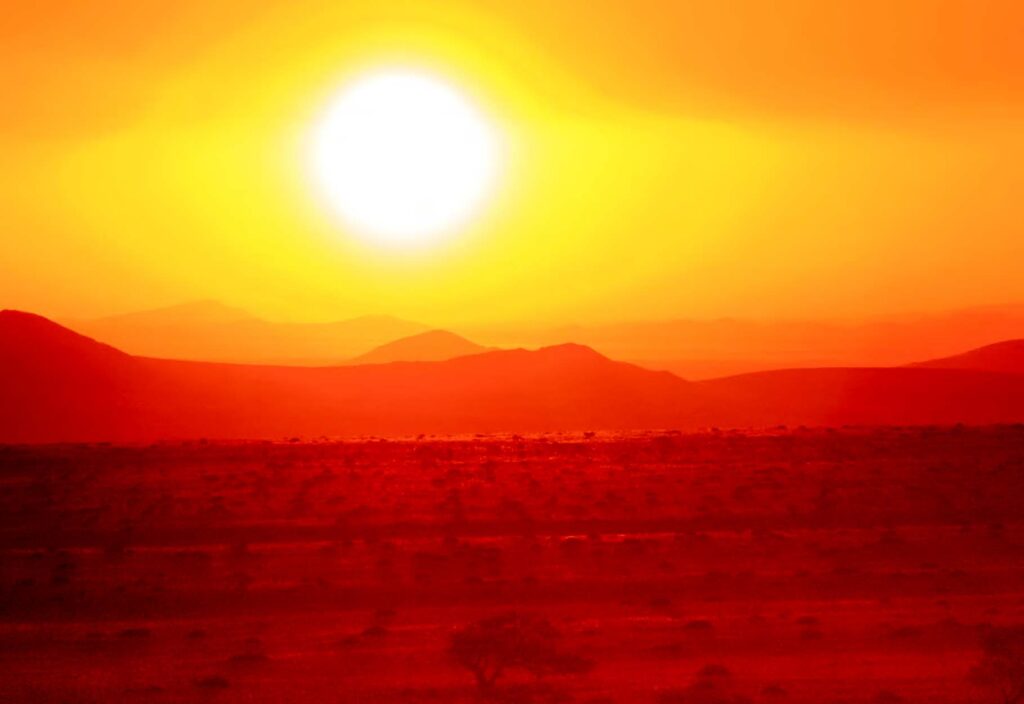
The word sustainability buzzes around the internet incessantly and now rings in my ears, replacing that persistent Leonard Cohen anthem as my new ‘ear worm’. I am about to tread in a place that better angels would avoid, but there are some things about sustainability that need saying.
First and foremost, individual efforts by vignerons to limit environment-damaging fungicides, herbicides and insecticides, encourage biodiversity and aim for zero carbon emissions in the winegrowing process, are to be lauded. Those individual efforts may not contribute much to mitigation of global emissions and pollution, but they serve by example. They justify the nearly equally talked about ‘social licence’ allowed the Australian wine community and they create commercial opportunity at the drafting gates of the retail giants, who are also protective of their social licence.
The ‘sustainability’ effort makes vignerons feel better, bestowing the sense of righteousness derived from contributing to the globe’s worthiest cause. Whether this form of sustainability can be or should be codified and more prescriptive still, whether it should be legislated, are questions asked. I would encourage vignerons to join Sustainable Wine Australia, to be part of team Australia identifying the minimums required for the sustainable effort. But I would argue ‘sustainability’ means different things to different vignerons and that its interpretation is a personal responsibility highly dependent on the vineyard circumstance. That will probably enrage the sustainability evangelists.
Even more importantly, there is another facet of sustainability that is largely ignored in the hype associated with the righteousness of biodiversity and carbon neutrality. That is economic sustainability.
The economic sustainability of our wine regions is in the eye of the climate change storm. How do we protect and enhance the quality of the wines from our traditional regions and varieties when they are 2 to 3C warmer than the already substantial 1.5C increase in temperature of the industrial age?
I respect the adaptation efforts to discover new heat and drought resilient varieties and to find new cool climate regions to grow our grapes. I have participated in efforts to identify and prove new cooler regions for our traditional varietal repertoire but that has always been a 30-to-40-year project to finally earn market recognition and respect for a new region.
The battle is even harder to gain recognition for new varieties in the face of the dominance of the established largely French varietal repertoire, Chardonnay, Cabernet Sauvignon, Shiraz and Pinot Noir primary among them. These and a few supporting acts dominate the global wine trade for both the branded commodity and fine wine sectors and there is no apparent diminution of their market power in the foreseeable future.
The Australian wine community has a large investment in the established stories of region and variety, woven over two centuries of initial trial and error and refined by the following generations of experience. Current projections of Australian wine region temperatures would see the Barossa become a high pH, low acid, low colour, high sugar, low varietal character, hot region for Shiraz, that’s if enough water could be found to grow grapes at all. As the most globally recognised Australian fine wine region/varietal combination, Barossa Shiraz is a national treasure. Its worth extends beyond its dollar value of revenue to a reflection of Australian history and culture forged by an immigrant community in the mid nineteenth century to Australia’s most valuable bottles on fine wine shelves globally. Retaining Barossa Shiraz and enhancing its quality in the face of climate is a challenge we need to urgently address.
The same challenge exists for Margaret River Cabernet and Chardonnay, McLaren Vale Shiraz, Clare Riesling, Hunter Valley Semillon and all the now familiar Australian regional/varietal repertoire.
How do we grow and make Barossa Shiraz in 30 years’ time when the average temperature is 2C higher than today? To put that temperature increase into perspective, the Barossa has a current heat summation of something like 1,650C-days for the growing season, a warm sweet spot for Shiraz. A 2C rise would add another 424C-days to that summation making the Barossa at 2,074C-days, hotter than Mildura is today.
Mildura today produces adequate Shiraz for the branded commodity market but few if any examples of high-priced fine wine Shiraz comparable to the current Barossa. There won’t be a silver bullet to solve the problem and canopy management, irrigation design and reflective covers might contribute to the solution.
The core challenge, however, is to manipulate and engineer the vine to ripen later in the season, in the cooler Autumn weeks rather than in the heart of summer in January and early February where harvest in the Barossa is now trending. This is a plant genetic and physiological challenge to understand and control the mechanisms that decide the ripening process. For this we need to invest in research of vine genetics and physiology with a longer–term view of sustaining the stories of our wine regions and increasing the quality of their wines, conferring economic sustainability.
As I have written, there has been a disinvestment in this research capability, precipitated by the diminishing resource of the R&D levy. We urgently need levy reform to fund the answers to the challenges of the future.
We also have to make decisions about the funding priorities. Should we devote a large resource to achieving the other sustainability goals, increased biodiversity and carbon neutrality, at the cost of not finding a way to sustain Barossa Shiraz? Carbon neutrality for Barossa Shiraz would be an ironic outcome of its disappearance from the market.
With levy reform we can do both but currently we are abdicating the big research challenges to tackle the effects of climate change for our existing regions and varieties.

